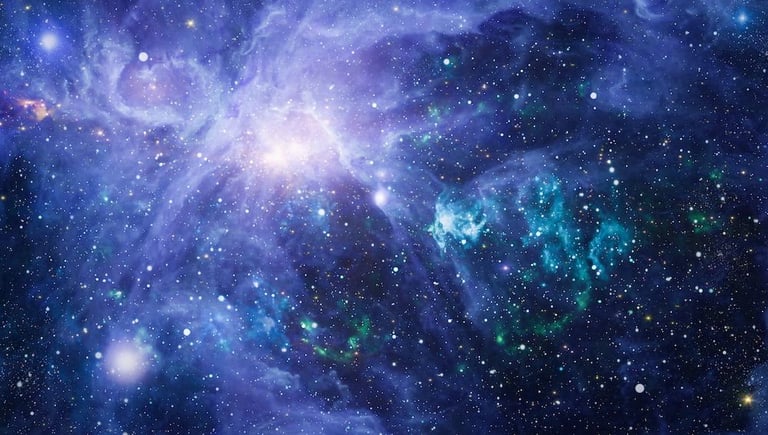Astronomers Map 11 Billion Years of Universe, Confirm Einstein's Gravity Predictions
November 20, 2024
A large team of astronomers has conducted a significant analysis of nearly 6 million galaxies and quasars, mapping the universe over an impressive span of 11 billion years.
This extensive study has confirmed Einstein's predictions regarding the clumping of galaxies and the evolution of the cosmic web, demonstrating the profound influence of gravity.
Utilizing data from the Dark Energy Spectroscopic Instrument (DESI), which has been operational since 2019, researchers have been able to analyze cosmic structure growth and validate general relativity's principles.
The DESI project, currently in its fourth year, aims to collect data from around 40 million galaxies and quasars by its conclusion in 2025, with further insights anticipated by spring 2025.
The findings from this research are expected to enhance our understanding of dark matter and dark energy, which together account for approximately 95% of the universe's content but remain poorly understood.
Dragan Huterer, a professor of theoretical cosmology, highlighted DESI's capability to explore modified gravity and refine models of dark energy.
These results build on previous research measuring the universe's expansion rate, shedding light on its evolution and the forces that drive it.
Despite the validation of general relativity, scientists continue to grapple with discrepancies in the universe's expansion rates at different stages.
The analysis supports the lambda cold dark matter model, which is rooted in Einstein's theory, while also constraining alternative theories of gravity.
This research represents one of the largest tests of general relativity, validating its principles across both cosmic and smaller scales.
The findings were published on November 19, 2024, on the preprint server arXiv and will be presented in January 2025 at the American Astronomical Society meeting in National Harbor, Maryland.
Dark matter plays a crucial role in forming large gravitational fields that create a cosmic web, where most of the universe's matter is located.
Summary based on 2 sources
Get a daily email with more Science stories
Sources

Live Science • Nov 20, 2024
Scientists analyze largest map of the universe ever created — and it proves Einstein right yet again
ScienceAlert • Nov 20, 2024
Einstein's Most Famous Theory Just Passed Its Biggest Challenge Ever